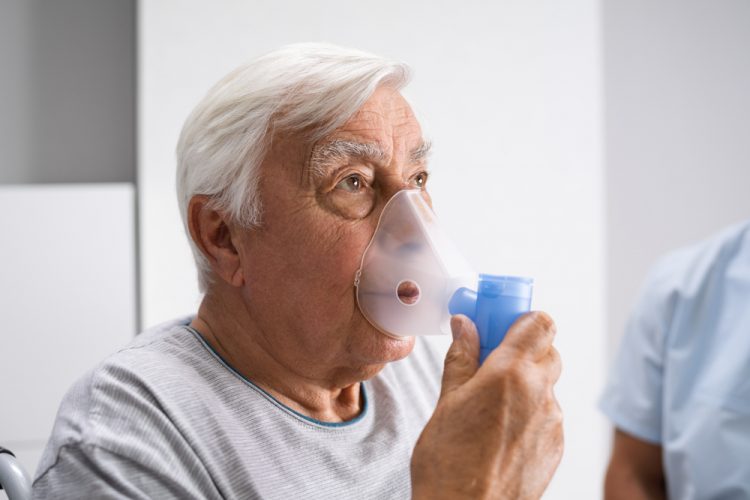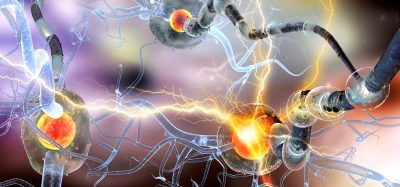Lung fibrosis in mice successfully reversed by scientists
Posted: 25 August 2021 | Anna Begley (Drug Target Review) | No comments yet
A team of researchers have reversed lung fibrosis in a mouse model, highlighting a new therapeutic target for pulmonary fibrosis.


Researchers at the University of Alabama at Birmingham, US, have reversed lung fibrosis in a mouse model with idiopathic pulmonary fibrosis (IPF). According to the team, the results of this study suggest a novel therapeutic target to reverse fibrotic remodelling in the lungs.
Previously, fibrosis progression was known to be associated with apoptosis resistance in lung macrophages, though the mechanism of that resistance was poorly understood. Furthermore, recent research has proposed that increased alveolar epithelial cell injury and apoptosis were the initiating events in lung fibrosis.
In this study, mice were given bleomycin for 12 days to establish lung fibrosis and treated daily until 21 days with ABT-199, also known as Venetoclax, an approved leukaemia medication. The researchers found increased mitochondrial B-cell lymphoma-2 (Bcl-2) in the mitochondria of lung macrophages from bleomycin mice, as well as an increase in two proteins: mitochondrial calcium uniporter (MCU) and carnitine palmitoyltransferase 1a (Cpt1a), an enzyme in mitochondria that is the rate-limiting step for the fatty acid beta-oxidation energy pathway. MCU was previously known to regulate metabolic reprogramming of lung macrophages to fatty acid oxidation and acts in the progression of lung fibrosis and apoptosis resistance.
The team noted that Bcl-2 was regulated by MCU and that silencing MCU caused a significant decrease for Bcl-2 in the mitochondria of lung macrophages. MCU modulated the binding of Cpt1a to a particular domain of Bcl-2, which anchored Bcl-2 in the mitochondria to attenuate apoptosis. This interaction was dependent on Cpt1a activity.
Importantly, the mice with a conditional deletion of Bcl-2 in lung macrophages were protected from pulmonary fibrosis in the bleomycin model and protected from asbestos-induced lung fibrosis. The team said that these conditional deletion results set the stage for the experiments showing that the Bcl-2 inhibitor ABT-199 was able to reverse fibrosis in the mouse bleomycin model. Furthermore, ABT-199 completely blocked the Cpt1a-Bcl-2 interaction.
The team then observed whether their findings could be applied to humans. They isolated macrophages from people with IPF using lung larvae and found a marked increase in the macrophage mitochondrial protein Bcl-2 as compared to lung macrophages from people without IPF.
“Taken together, these observations suggest that fatty acid oxidation provokes apoptosis resistance through the stabilisation of Bcl-2 in the mitochondria by binding to Cpt1a,” said Professor Brent Carter, who led the study. “Moreover, these data demonstrate that monocyte-derived macrophages are required for fibrosis progression and they suggest a novel therapeutic target to prevent progressive aberrant fibrotic remodelling.”
The study was published in Cell Death and Differentiation.
Related topics
Drug Delivery, Drug Development, Drug Targets, In Vivo, Molecular Targets, Target Molecule, Therapeutics
Related conditions
Idiopathic pulmonary fibrosis (IPF)
Related organisations
The University of Alabama at Birmingham
Related people
Professor Brent Carter








